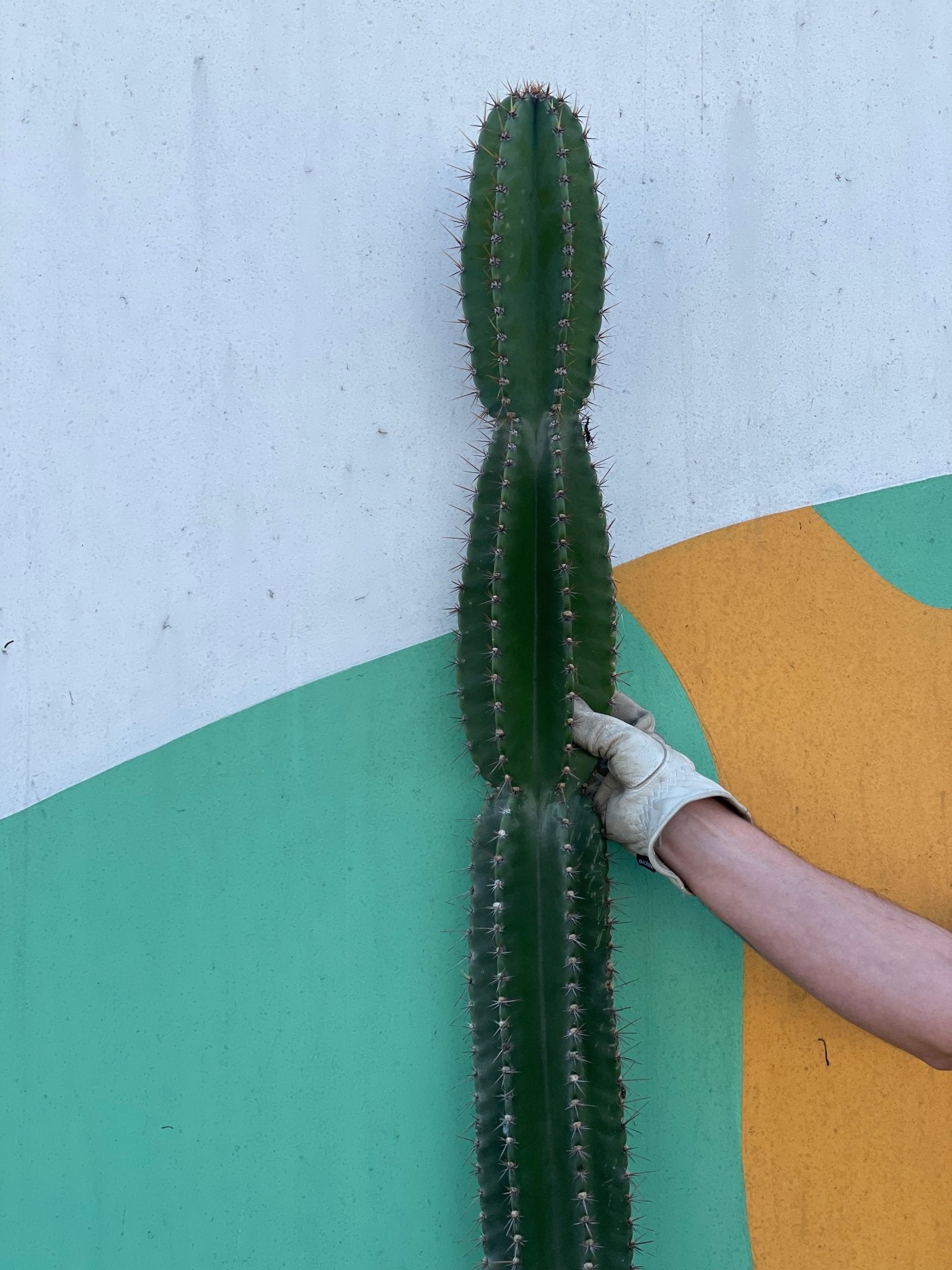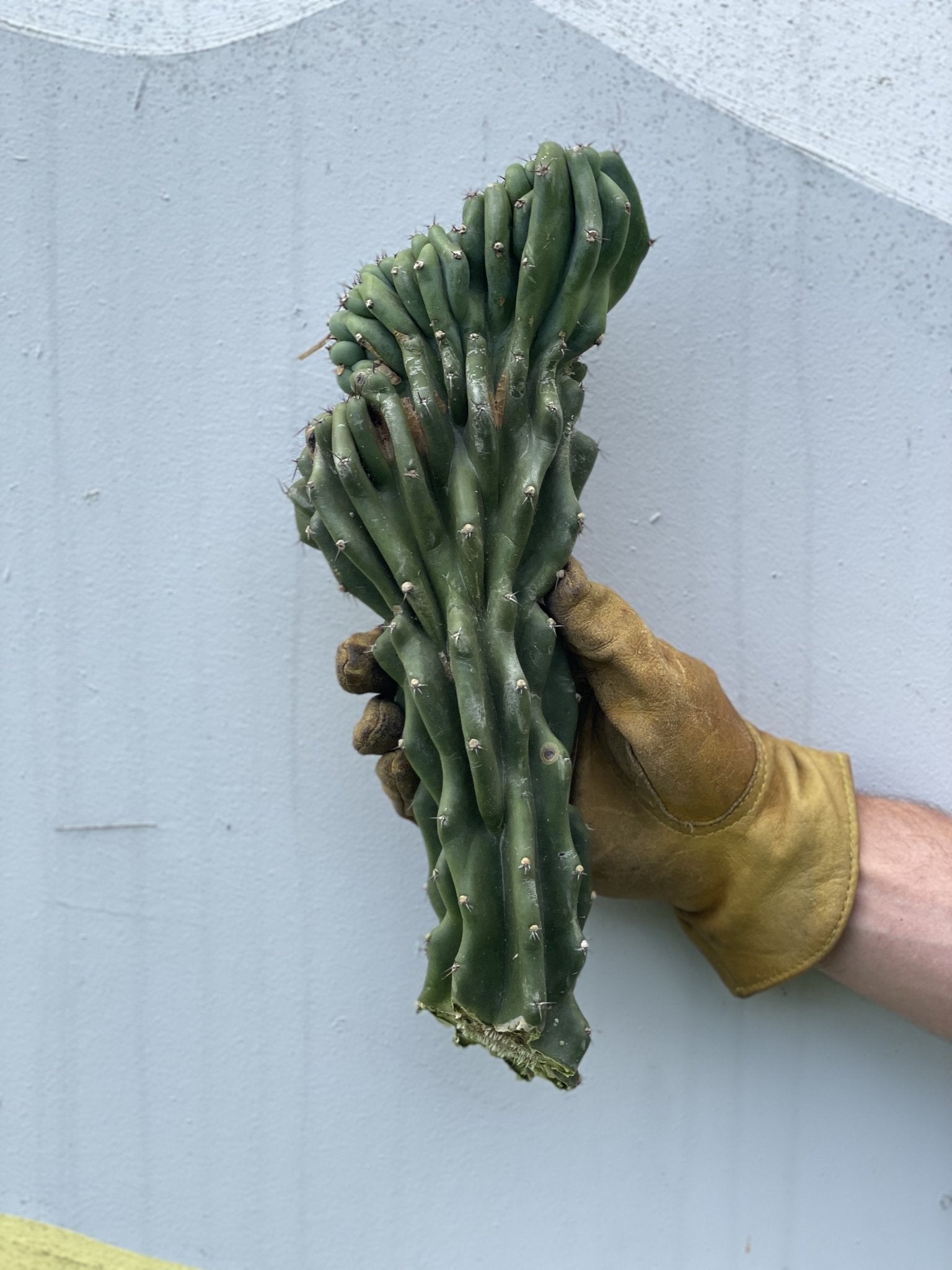Did you know the Swiss cheese plant grows edible fruits? Well, now you know.
The Swiss cheese plant fruit or Monstera Deliciosa fruit is both edible and delicious. Those who have experienced this fruit can attest to its delightful taste.
However, there are consequences if you consume Monstera Deliciosa fruit unripe.
How can one assess if the fruit is ripe and safe to eat? Discover all about Monstera deliciosa (Swiss cheese plant) fruit.
Is Monstera Deliciosa (Swiss Cheese Plant), Fruit Toxic to Humans?
Prior to ripening, consuming the Monstera Deliciosa fruit is considered a delicacy and may lead to a burning sensation.
It's unfortunate the fruit contains calcium oxalate when not ripe.
How does one determine Monstera Deliciosa fruit safety for consumption? Typically, a ripe mature fruit opens up, displaying creamy flesh.
Ripening commences at the lower part of the fruit and progresses towards the top. Fruit is deemed ripe when the interior becomes yellow akin to a banana.
What Does the Fruit Taste Like?
Explore the Fascinating Benefits of Monstera Deliciosa (Swiss Cheese Plant) in Your Home!
The fruit is rich in vitamin C and potassium.
Can the Plant Fruit Indoors?
While Monstera Deliciosa are easy to cultivate indoors, there is minimal chance of the plant flowering inside. It thrives in high humidity and requires ample space to grow, especially in tropical regions.
Plants that grow in a home inside a pot or a vase are likely to never bear fruits.
How Long Does It Take to Harvest a Monstera Deliciosa (Swiss Cheese Plant), Fruit?
Harvesting takes approximately 10 to 12 months after flowering. The period varies depending on the growing conditions.
For a superb harvest, here are the optimal growing conditions for Monstera deliciosa.
- Water: moist soil
- Temperature: 68-86 degrees Fahrenheit
- Humidity: high humidity
- Soil type: well-draining loamy soil
- Fertilizer: organic granular fertilizer
Monstera Can Heal
Apart from enjoying the delicious fruit, there are other two known uses of Monstera. First, the aerials roots are used to care for snake bites. Again Monstera Deliciosa is used to relieve arthritis.
However, before you proceed, please seek permission from your doctor.
A home friendly Monstera can be purchased Here.












Leave a comment